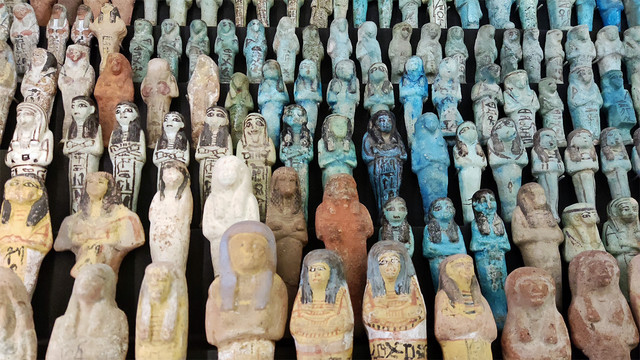I would like to know absolutely everything there possibly is to know about what this is:
http://www.griffith.ox.ac.uk/gri/carter/burton/p0203.jpg
http://www.griffith.ox.ac.uk/perl/gi-ca-qmakedeta.pl?sid=49.184.152.62-1748910076&qno=1&dfnam=106a-p0203
And because the best way to get answers is to post the wrong thing I'm going to assert what I think and that is that it's a spade.
#archeology #Egyptology #tutankhamun #shabti #ushabti #woodworking #gardening #handtools
